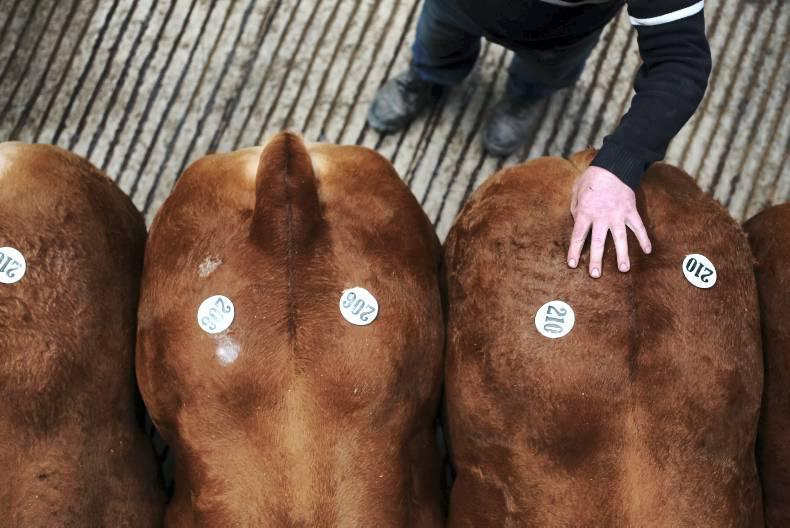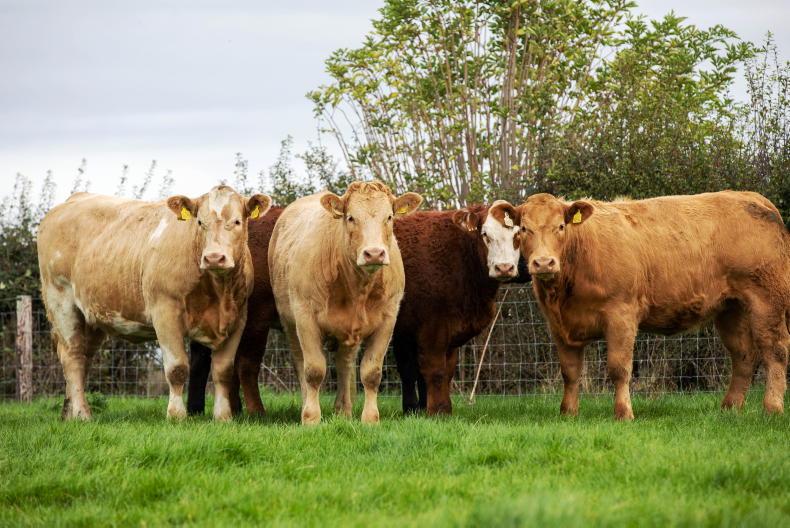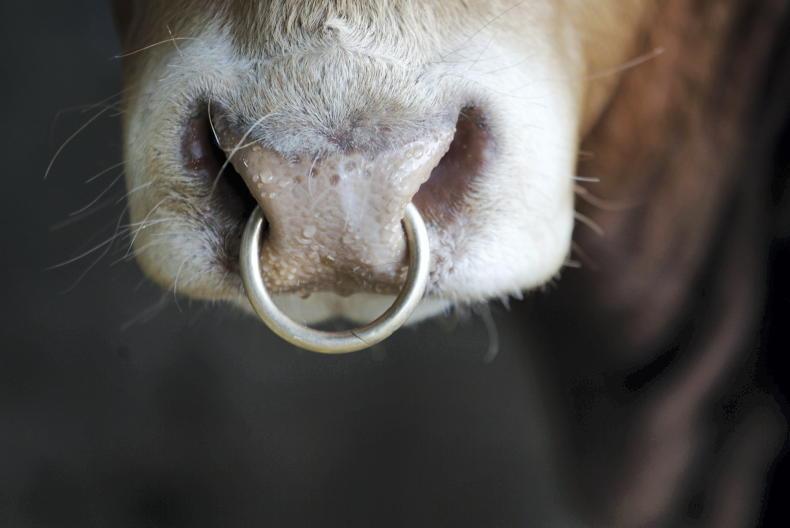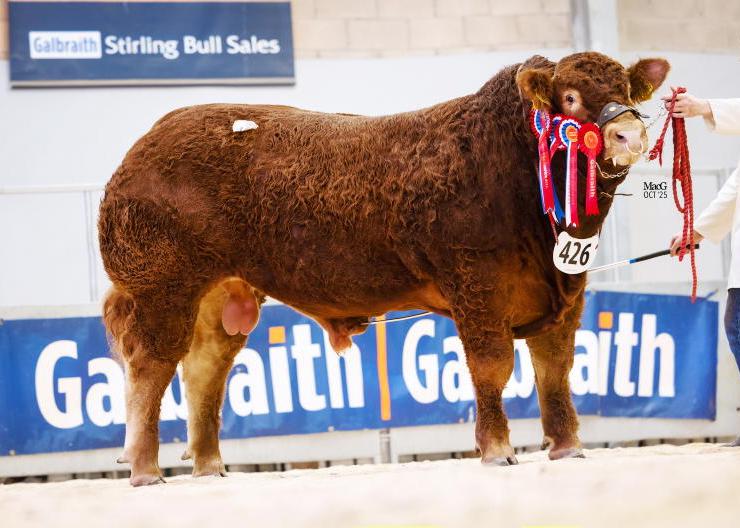The spring saw hundreds of bulls sold throughout the country, both through the sales ring and privately. In many of these sales, the first question the farmer asks is: “How is he for stars?”
It’s an acceptable enough question given the shift towards the €uro-Star system for breeding decisions following the launch of the Beef Data and Genomics Programme (BDGP).
The problem arises when buyers start selecting bulls on paper alone, counting the number of stars going down the page and not paying any attention to the most important factor beside it: reliability.
Selling a bull at sales became a doddle lately if you had a bull with stars, as some buyers were taking the values on the page as gospel, but what exactly are you getting if you buy a young bull with five stars with a reliability of between only 10% and 30%?
To illustrate this point, I’ve selected one of the larger bull sales of the spring and looked at the 10 top-priced bulls in a little more detail. The bulls listed in Table 1 are ranked by €uro-Star rating, with reliability and star ratings both within and across breed given. We see from this that out of the 10 top-priced animals on the day, nine were rated five stars, with only one ranking less, and still this one achieved four stars.
While the average €uro-Star value for replacement index on these bulls comes in at over €111, if we look at the average reliability, it only comes in at slightly over 25%. Broadly speaking, a bull with a reliability of 25% could change by up to €103 plus or minus.
So, looking back at our 10 top-priced bulls, on average, these could drop to €8 or rise to €214 by the time they become fully proven.
Table 2 details the exact figure of what each of these bulls could rise or drop to in relation to their current €uro-Star and reliability figure (rounded to the nearest 1.0). We see that even the highest-rated five-star animal, given the reliability, could drop to a one-star animal by the time it is fully proven.
When buying stock, €uro-Star indices should be used as a useful aid, but that is all. No bull should be bought on stars alone, as all these are open to drastic change unless reliability is high.
Some farmers need to take this into account when buying cattle and select based on phenotypic (physical) characteristics as well as genetic evaluations – not one over the other.
Table 3 is a useful chart which can be used when looking at bull figures into the future.









SHARING OPTIONS